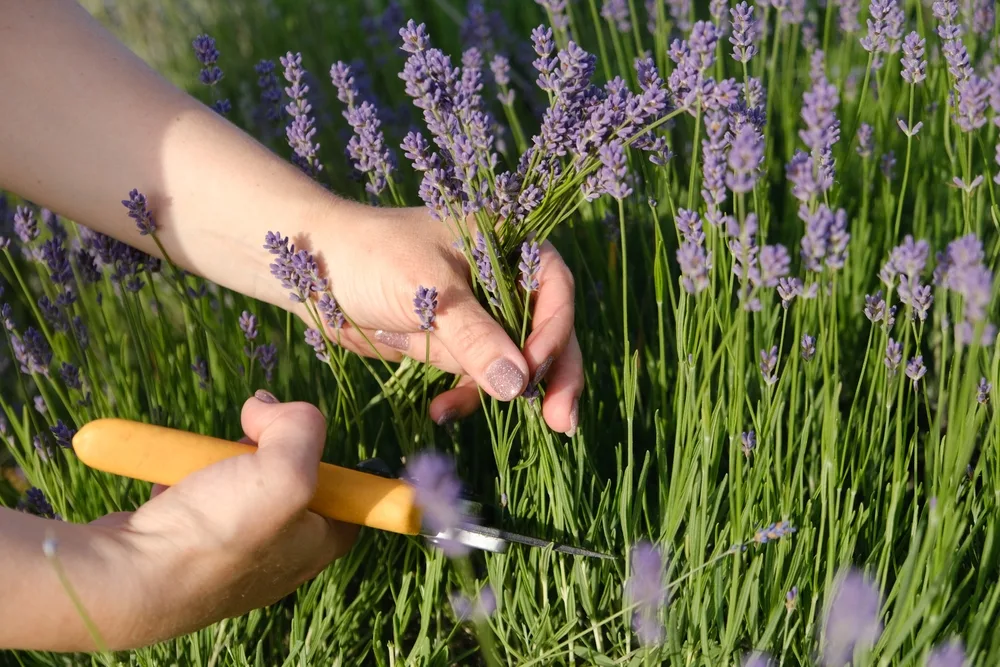
Lavender is not just a lovely sight in your garden; it also brings a soothing aroma that can help create a peaceful atmosphere.
Many gardeners, however, find themselves uncertain about when and how to prune this fragrant herb properly.
Knowing the right time and technique for trimming your lavender is key to keeping it healthy and looking its best.
You might think pruning lavender is straightforward or assume you’re doing it right.
But there’s a good chance you might be missing some important details. This guide is here to clarify the best pruning practices, so your lavender can flourish and continue to enhance your garden with its beauty and scent.
Why August is the Ideal Time to Prune Lavender
1. Encourages Stronger Growth:
Trimming lavender in August, just after it finishes blooming, stimulates the plant to grow new shoots, keeping it full and well-shaped. This also helps maintain its appearance.
2. Prepares for Winter:
Cutting back lavender in August helps it get ready for the winter season. By trimming the plant, you lessen the risk of damage from cold weather, including snow and frost.
3. Boosts Flower Production:
Consistent and timely pruning ensures the plant focuses its energy on producing flowers, rather than maintaining dead or unhealthy branches.
How to Properly Prune Lavender
1. Use Sharp, Clean Shears:
Always begin with sharp and clean pruning shears. This helps prevent unnecessary damage to the plant and reduces the risk of spreading diseases.
2. Trim Back by One-Third:
Cut back the plant by about one-third. Avoid cutting into the woody parts, as this can lead to fewer flowers and potentially harm the plant.
3. Shape the Plant:
Aim for a rounded shape. This not only looks attractive but also ensures that sunlight reaches all parts of the plant.
4. Remove Dead Wood:
While pruning, remove any dead or unhealthy wood. This will help the plant focus its energy on new, healthy growth.
5. Watch New Growth:
After pruning, monitor the new growth. Ensure the plant is adjusting well and not showing signs of stress.
By following these steps, you’ll keep your lavender healthy, attractive, and full of beautiful blooms year after year.
Taking the time to care for your lavender is a small effort that pays off in the long run. Enjoy the beauty and fragrance of your well-maintained lavender plants!
